A new work from Australian photographer, Ali MC, tells the story of married couple, Cheryl and Troy Schalks, and their addiction to heroin, their experience with homelessness, and the love shared between each other for more than 25 years. Merging photobook and audiobook formats, “H – A Love Story” intends to share this incredible journey through powerful visuals but also through sound, including the voices of Cheryl and Troy themselves.
‘Look. I love the drug. I love the shit. But it don’t love me.’ – From H – A Love Story
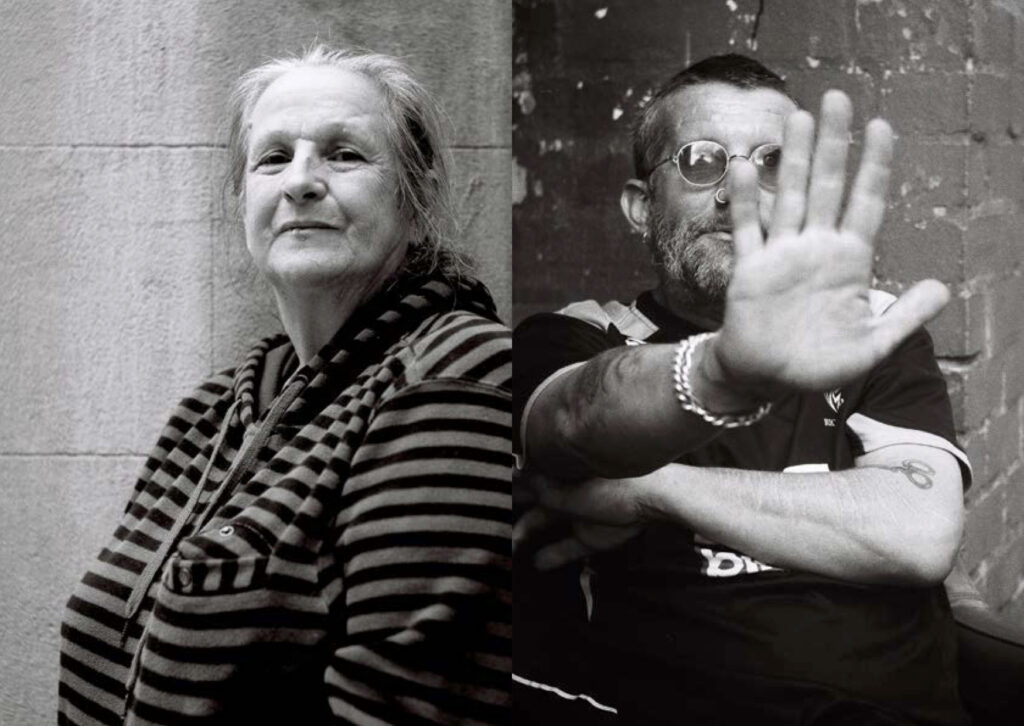
After five years of working together on the project, Ali, Cheryl, and Troy, now aim to use it to raise awareness of drug addiction and homelessness. The analogue photography based “photobook-audiobook” features an introduction by the late Jack Charles, a well-known Elder, activist, actor, musician, and survivor of heroin, prison, and the Stolen Generations. An incredible ambient soundtrack is also included from Italian composer “The Volume Settings Folder”. It’s altogether an impactful culmination of important storytelling with a combination of visuals, sound, and text so that a range of abilities are able to experience the final project work.
Order the “H – A Love Story” photobook-audiobook here.
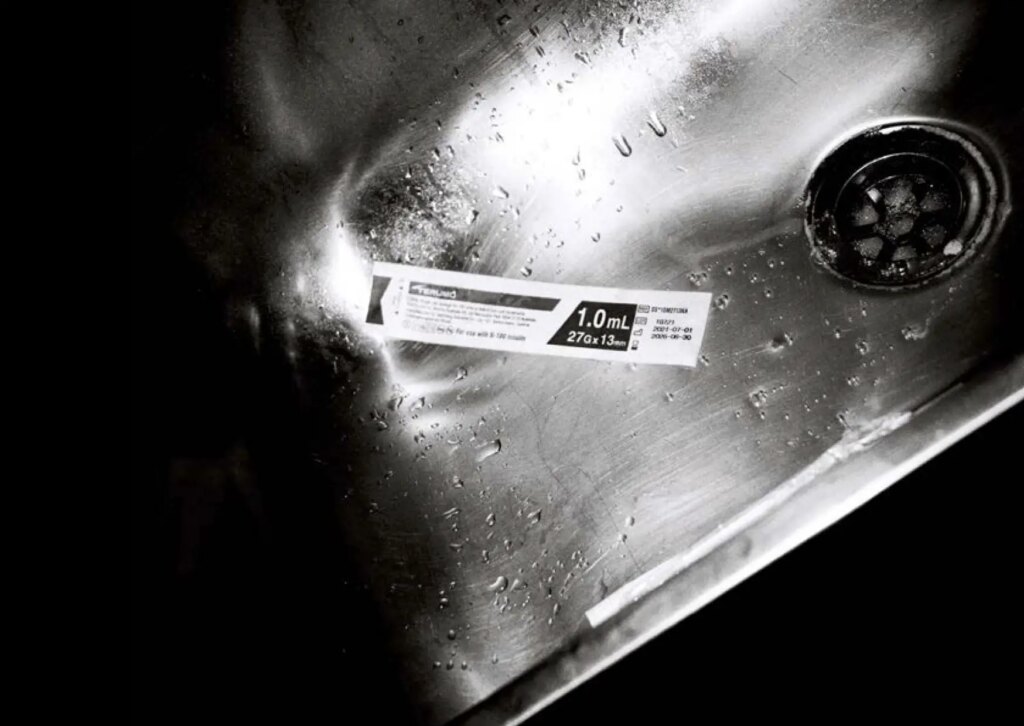
Ali was kind enough to answer a few questions about the project in the following interview:
35mmc: You mentioned meeting Cheryl and Troy changed your perspective of the “junkie” stereotype and “revealed more about your own ignorance than anything”. Can you share a bit more about how the project/relationships with Cheryl and Troy changed your personal view of heroin, homelessness, and the attitudes towards them both in Australia (or perhaps the Melbourne area)? What did you think before and after and has this changed how you talk with people who still have prejudices about what they see?
Ali: Australia is probably a lot like most western countries, where people experiencing homelessness are largely shunted to one side, ignored and ‘othered.’ If you add heroin use into the mix, it’s a cohort of the community that most people tend to have a very negative view towards, while understanding very little of what underscores both the homelessness and heroin use in the first instance, which often includes trauma.
I’d worked with people who had experienced homelessness, prison and addiction through my legal work and had been around intravenous drug users when I was a young punk, so was probably less ignorant than a lot of people.
But there were still things that surprised me about Troy and Cheryl, including that they were both working while supporting their habits – at least initially – and that both were incredibly articulate in telling their stories.
I was also astounded that they had remained married for more than 25 years while spending a decade on the streets struggling with addiction. I thought that was quite a remarkable achievement and demonstrated that it doesn’t matter who you are, the capacity to love and be loved and carry you through the most troubling of times. It’s a lesson we could all learn and forms the basis for the project we went on to develop.
35mmc: Can you share more about working with Cheryl and Troy on the book and how they guided it, how they felt about the idea initially, what they think of the final work?
Ali: I met Cheryl randomly outside a train station in downtown Melbourne in 2018. She was selling the Big Issue magazine and I stopped to talk with her. Cheryl was immediately a very engaging person to speak with and we swapped numbers, as I thought she might be a good person to interview for an article.
I ended up doing an extensive article series with Cheryl, Troy and a number of other people who had experienced homelessness which was published in Al Jazeera.
However, Cheryl and Troy’s story was very compelling and so we decided to turn it into a book.
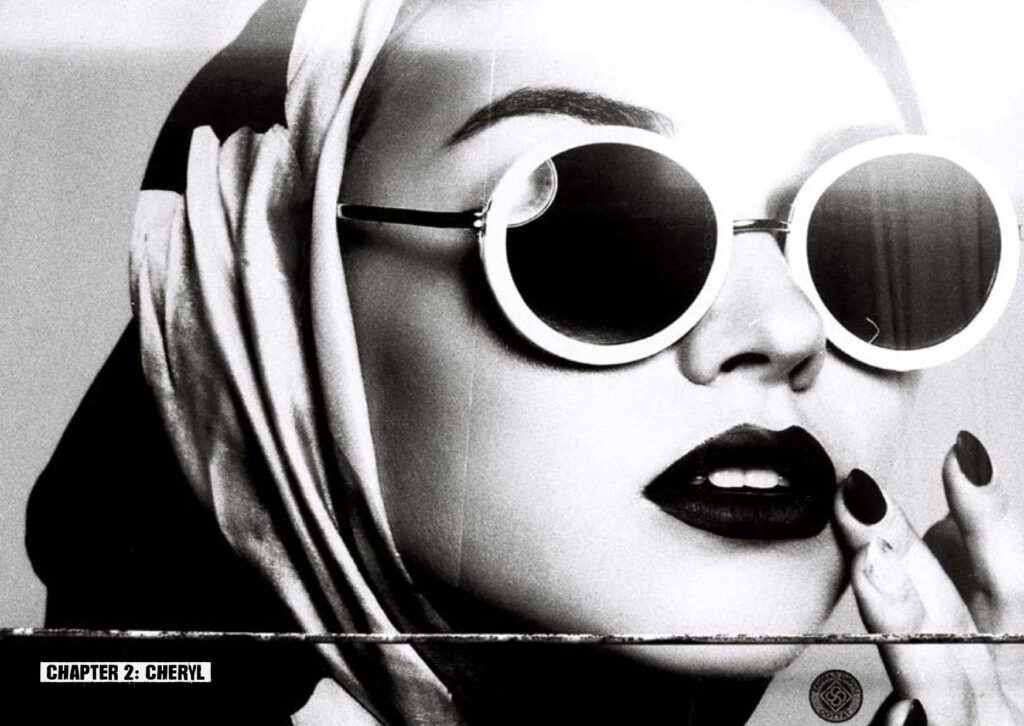
It was quite a long process to develop the concept, format and aesthetic, as we were aware we wanted to avoid stereotypical imagery of alleyways and needles and people shooting up.
I would bring Cheryl and Troy different ideas, until one day Troy stated that it was important that their actual voices were in the book, not just the transcript. So we decided to create the ‘photographic audiobook’ with the QR code and the soundtrack.
From then on, it was a couple more years editing the audio along with the fantastic soundtrack music by the Volume Settings Folder, an Italian composer I stumbled onto online completely by accident.
During that time I was also wandering around taking photographs of the areas Troy and Cheryl would tell me about in their story – street corners where they would score, toilets they would shoot up in, the steps of the town hall Troy once slept on for a year.
But rather than being stereotypical, the abstraction of the imagery served to strengthen the stories Troy and Cheryl were telling, with my aim to document an experience and an emotion rather than a literal place.
I would periodically visit Cheryl and Troy and show them updates, including different fonts, concepts for the cover, which photographs suited which part of the story. We also had long discussions about what parts of the story to put in and what to leave out, given the traumatic themes.
Overall, the aim was to break down the barrier between photographer and ‘subject’ and try to find more collaborative ways to work with people from marginalized and criminalised communities, especially when the history of documentary photography and photojournalism is so imbalanced in terms of those power dynamics.
35mmc: As it has changed your own perspective, can you share more about how you hope to use the project to change others and where you will take it from here?
Ali: We are using the project – both the photobook and the AV iteration – to raise awareness of the issue of homelessness and heroin use and for audiences to better understand stories such as Cheryl and Troy’s.
I think it is also important that such stories – which are often unheard – are documented for the historical record. The book will be housed in the State Library of Victoria archives and we are looking for more places where the AV can be screened.
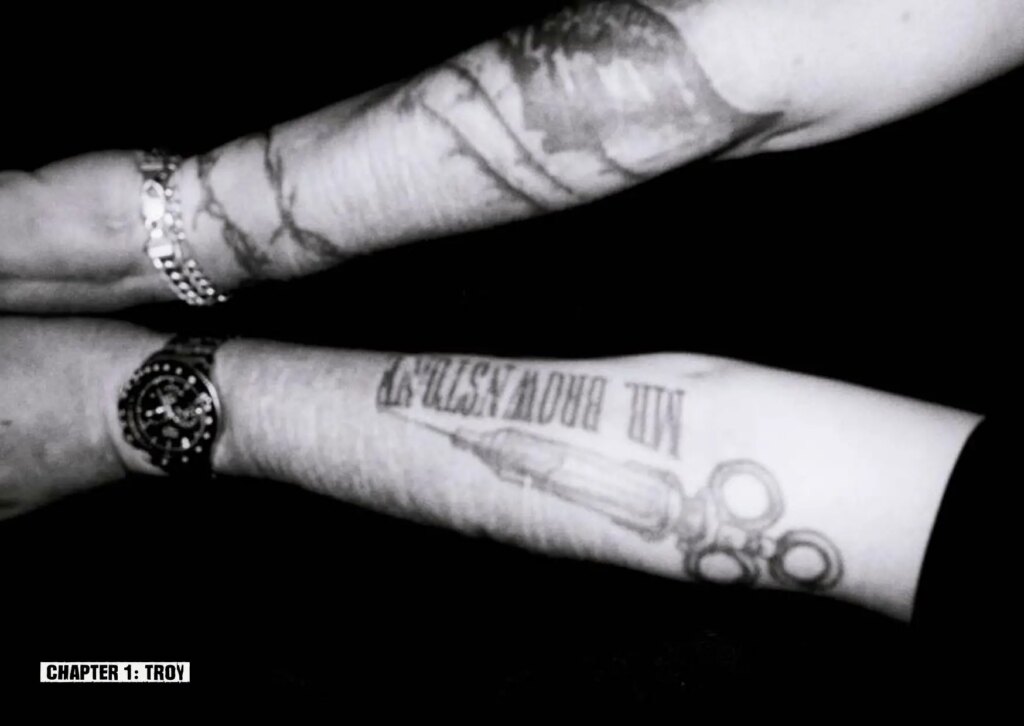
35mmc: Can you also talk a bit more about working with Jack Charles? How did you meet him and form that relationship?
Ali: Jack Charles is a legendary Indigenous actor and advocate in Australia. He is part of what is known as the Stolen Generations, when the government used to take Indigenous children from their families and place them into institutions to be brought up ‘white.’ A lot of those children – like Jack – were severely abused, and that history has really brought a lot of heartache and inequality to Indigenous people.
Given his trauma, Jack would become homeless and a heroin user himself, and cycled in and out of prison – meanwhile, having this extraordinary acting career. I met him about a decade ago through my work in the legal sector and we would go on to speak in Parliament together and advocate for many years across a range of issues such as prison and institutional abuse.
Astoundingly, while only making up 3 percent of Australia’s population, Indigenous people make up a quarter of all people experiencing homelessness and a third of Australia’s prisons. I knew Jack would be interested in the article series and photo project I was working on and I spoke with him at length about the best way to approach the topic.
And of course, being the generous person he was, he was happy to lend his sonorous voice and immense presence to the introduction and give his nod of approval to the project. Sadly he passed away before he got to see the final version.
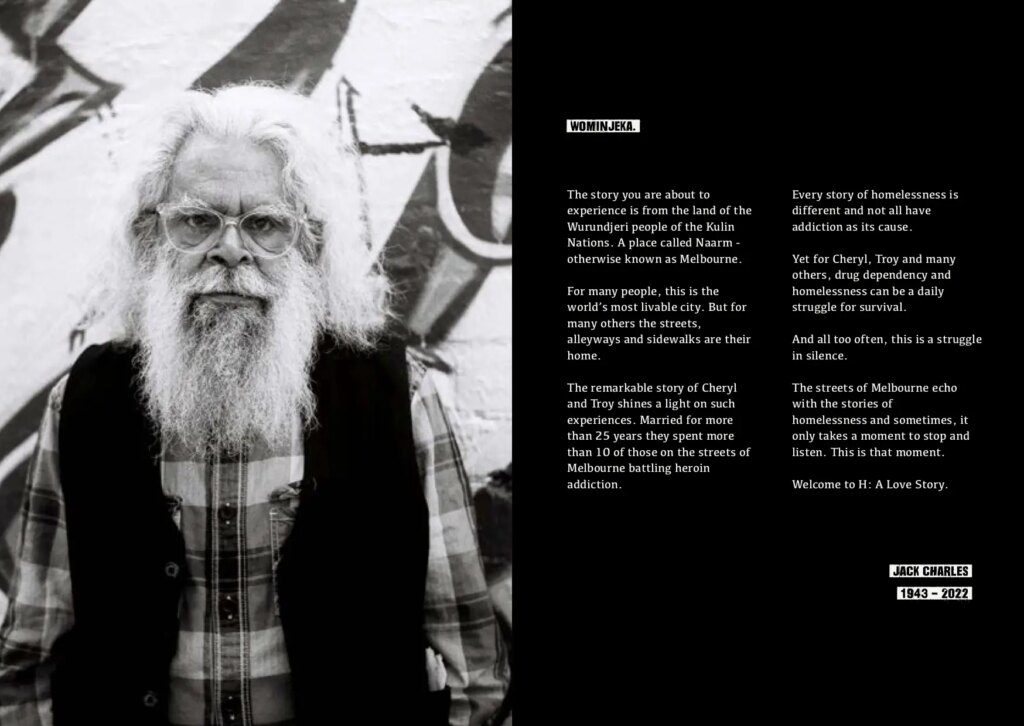
35mmc: Being a former musician and producer – how and when did you start with photography? I read about your work with the Spinifex People and your grandfather’s photograph collection – did this spark your interest in documentary work or another time? Would love to hear more about your journey to where you are now, especially around the documentary projects.
Ali: I’ve always been interested in photography, but more as someone who liked other people’s photography without actually taking photos. I studied art history when I was younger and have always been attracted to the way photography could tell stories or document world events.
I studied the photography of the Vietnam War photographers Tim Page and Don McCullin along with social revolutionary photography of the 60’s and 70’s, and even collected photobooks long before I seriously picked up a camera.
My jam back then was music production, performance and touring, which I threw in around 2015 and switched to writing and photography, which I was starting to delve into more.
My grandfather had documented his time out in the remote desert in the 1950’s, when there was quite literally ‘first contact’ between white people and Indigenous peoples, so that was something that always piqued my interest.
I then got seriously into photojournalism after going to Burma and Bangladesh in 2016 to document the Rohingya refugee crisis and have just kept going from there.
My aim is to explore unique ways to collaborate with people in telling their own stories and break down the barriers of traditional journalism through projects such as H: A Love Story.
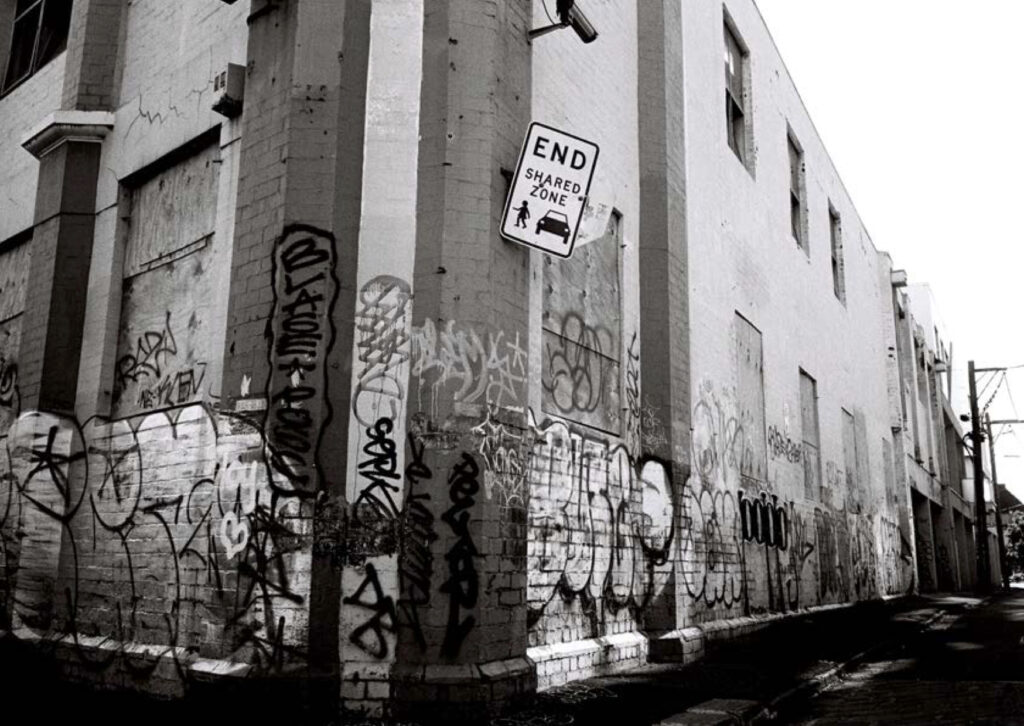
35mmc: Lastly, why film? Why black and white? Camera/tool of choice?
Ali: For H: A Love Story, I used Ilford Delta 100 pushed to 400, shooting on a Ricoh GR1V. I enjoy working with different combinations of film and cameras, as you can create an aesthetic that I feel you can’t really achieve with digital (without post-production).
For example, the push process creates high contrast and punchy grain, which was vital for the stark black and white oeuvre that I was aiming for with this project.
The aim was also to leave a lot of negative space within the photographs which not only gives an emotional impact to the story but also allows space for the text.
In this regard I was influenced by Frank Miller’s Sin City and also the street photography of Daido Moriyama.
Using film also creates a lot of interesting textures and accidental effects that would be difficult to replicate, and I enjoy experimenting in this way.
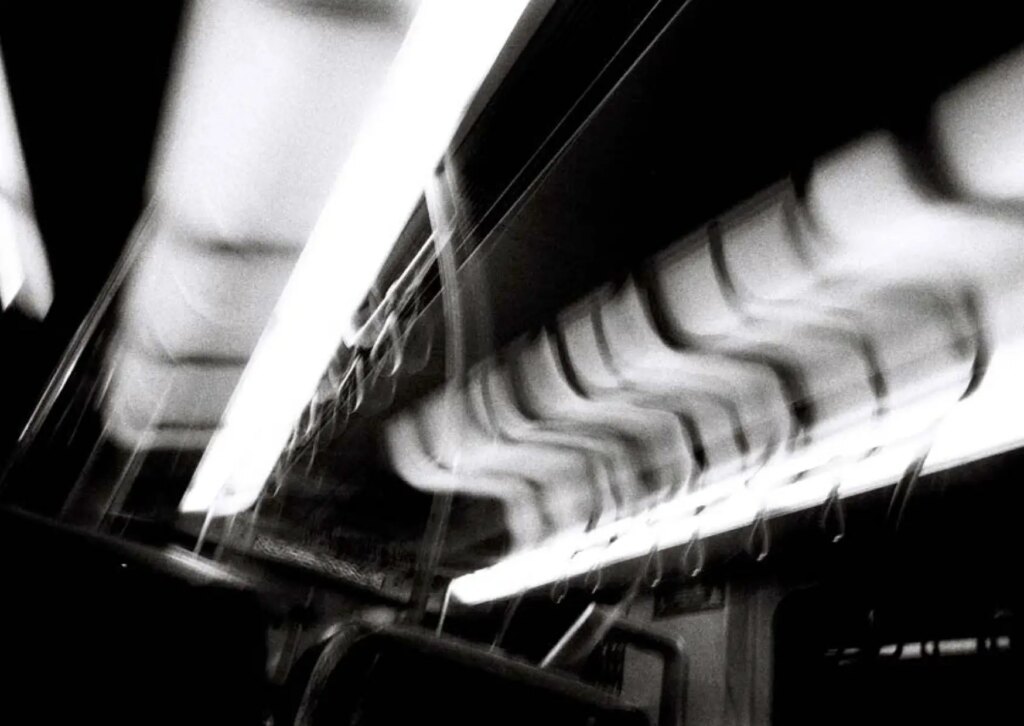
Thank you to Ali for taking the time to share more about the project and journey with us at 35mmc.com. Learn more about the photographer on his website here.
“H – A Love Story” can now be ordered via the link here.
Share this post:
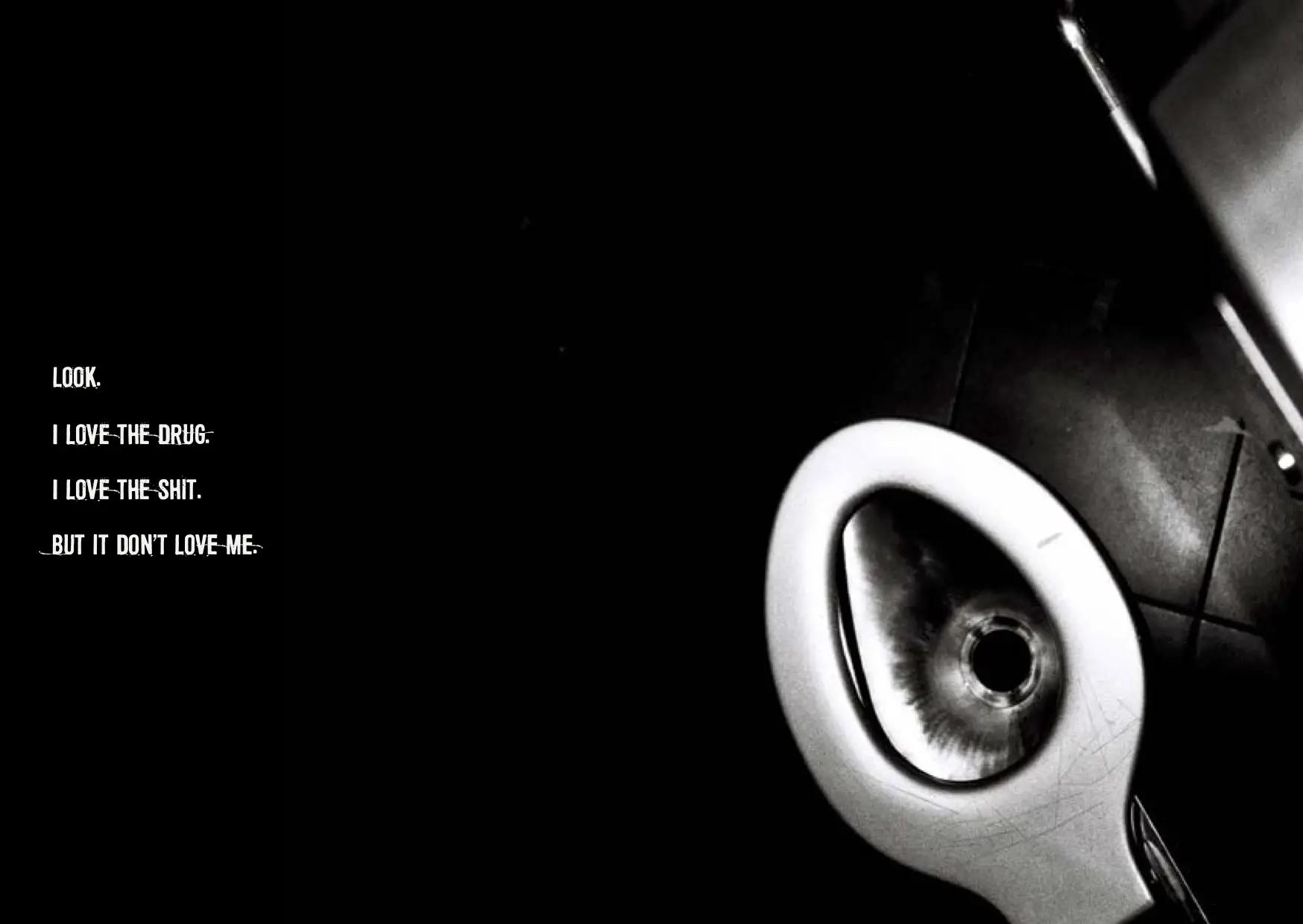
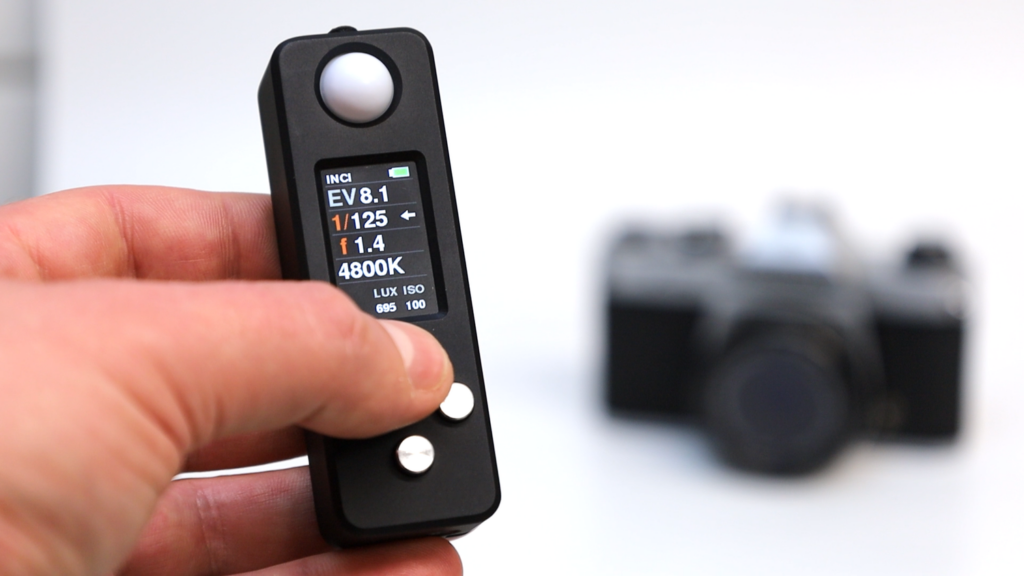
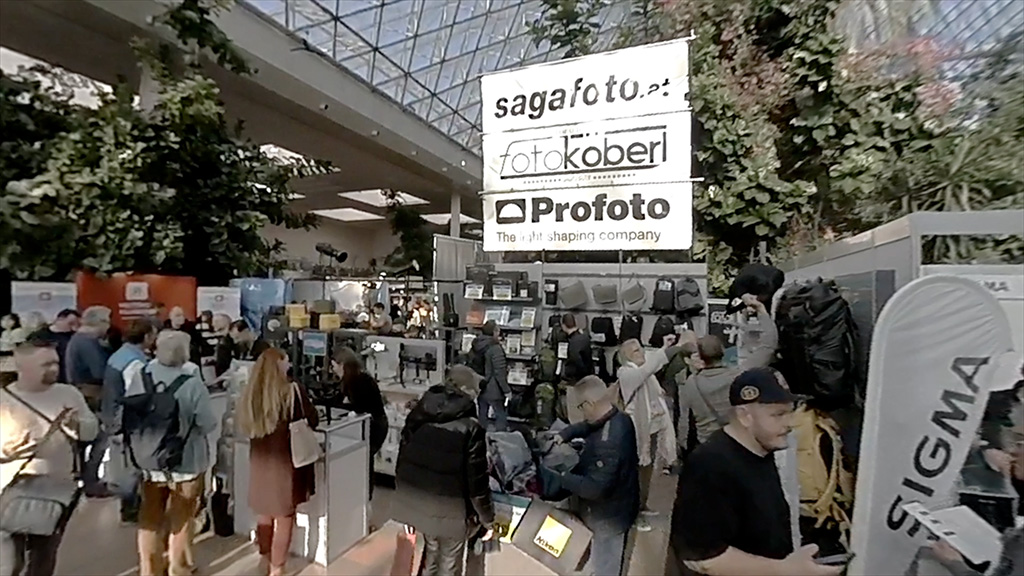
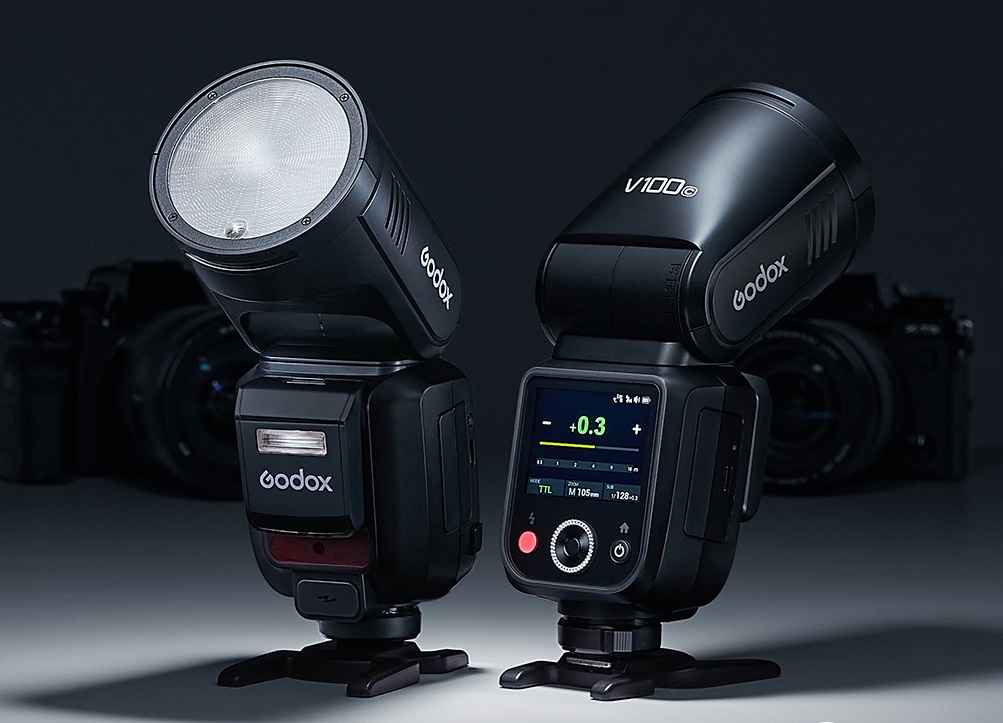
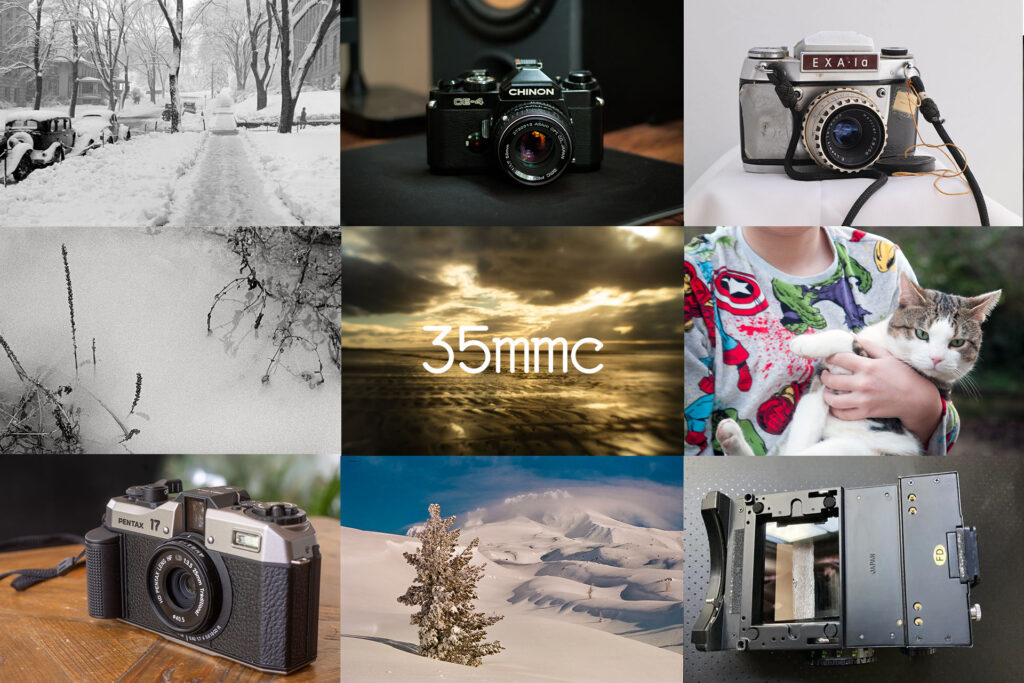




Comments
No comments found